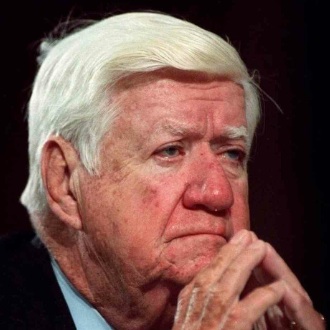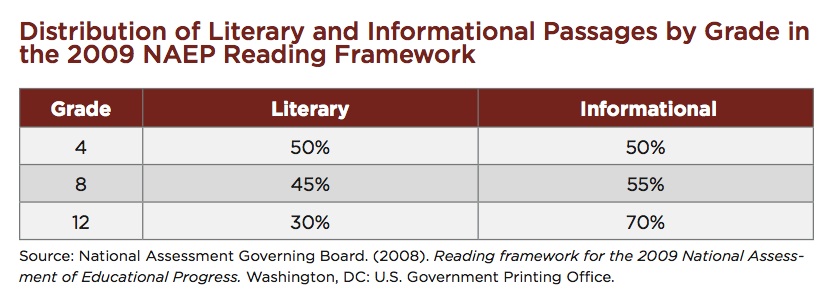Once upon a time, there was a small town that was attacked by space aliens.
Why this one town should be attacked by space aliens was unclear. But what was very clear was that these were space aliens, and they were attacking.
The townspeople fought off the space aliens as best they could, but… come on, space aliens. They knew that more drastic measures would be necessary.
They gathered together, pooled their resources, and built a giant Death Ray right in the middle of the town square. It was three stories high if it was an inch, and thicker than any tree trunk in the southern woods. And, believe it or not, the Death Ray did the trick. The space aliens were sent scurrying back to their own galaxy, or wherever it was they had come from in the first place.
The people rejoiced. Their ordeal was over, and it was all thanks to the Death Ray! They left the weapon in the town square as a monument. The townspeople decorated the Death Ray all the colors of the rainbow. Parents would bring their children to come see the Death Ray, and tell stories about how it repelled the space aliens. The children liked to imagine themselves at the controls of the Death Ray, firing on the aliens and saving the town again and again.
Mind you, the Death Ray wasn’t perfect. It was a quite an advanced piece of technology to begin with, and it was a pretty impressive thing to be built in a small town. But every now and then, the Death Ray would discharge a stray beam, sending an unexpected burst of destructive force into some random part of town. Usually, it didn’t do much harm, but occasionally it would hit one of the townspeople. Good old Bob who worked at the town market was the first to go. Some time later, little Sally Jenkins was also hit. Ironically, the third victim of the random shots was a drifter named Ray.
Still, three random accidents, tragic as they were, seemed a small price to pay for having such an awesome piece of weaponry like the Death Ray in the town square. Sure, everyone missed old Bob, and it was hard not to feel for the Jenkins family, but it wasn’t every town that could boast such a marvelous display of power. The Death Ray was what made the town special. Some people were even talking about naming the town after the Death Ray, though not everyone could agree on how the new name would be spelled or pronounced. Others didn’t like the idea of changing the name of the town at all.
In fact, there was a small group of people who wanted to dismantle the Death Ray altogether. Nobody paid them any mind, of course, but they were usually pretty vocal at the Town Council meetings. Usually, folks just rolled their eyes and waited for the speeches to be over. And the group was always the most vocal just after the town had suffered one of its losses to the Death Ray. The townspeople didn’t appreciate that; if ever there was a time not to talk about the Death Ray, surely it was just after it had killed someone. How could you have a rational conversation about the Death Ray when emotions were so high? And even at other times, dismantling the Death Ray was just not a topic for polite conversation, not if you loved the town.
Until one day, when the Death Ray happened to fire a shot into the local hospital, which created a disaster unlike any the town had ever seen. Now, the idea of dismantling the Death Ray seemed worth discussing. Before this, most people had not considered the idea that having a malfunctioning Death Ray in the town square could be so dangerous, but recent events had made the fact undeniable.
The townspeople gathered in the Town Hall. For the first time in years, every seat was filled! The people were angry and wanted to vote the Death Ray right out of the town. Speaker after speaker warned of the dangers posed by the Death Ray. The town seemed to come together like never before.
The last speaker was a young boy named Danny. Danny had been listening to all of the speeches, and couldn’t believe his ears. His whole life, he had been taught to love and honor the Death Ray. He explained, in passionate tones, how the Death Ray was the town, and any attempt to dismantle it would undermine everything the town stood for. He understood that people were emotional about the hospital, but this was not the time to be carried away by our emotions. The space aliens could come back at any moment, and when they did, the town needed to have that Death Ray. Besides, he noted, Death Rays don’t kill people; people are killed by Death Rays. The townspeople could not argue with this logic.
Danny insisted that dismantling the Death Ray was not the solution. Instead, he proposed building a Safety Shield, so that the next time the Death Ray had a random discharge, the beam would hit the Safety Shield instead of the hospital. Everyone loved the idea, and voted overwhelmingly to keep their beloved Death Ray. Some people suggested simply turning the Death Ray off, and then turning it on again if the space aliens returned, but of course nobody paid them any mind. Folks just rolled their eyes and waited for the speeches to be over. Eventually, anger over the destruction of the hospital faded, just as Danny had said it would, and life returned to normal.
The citizens of Dethravia never actually got around to building that Safety Shield, but this didn’t really seem to matter very much at all. Danny had saved the Death Ray. Danny had saved the town!









